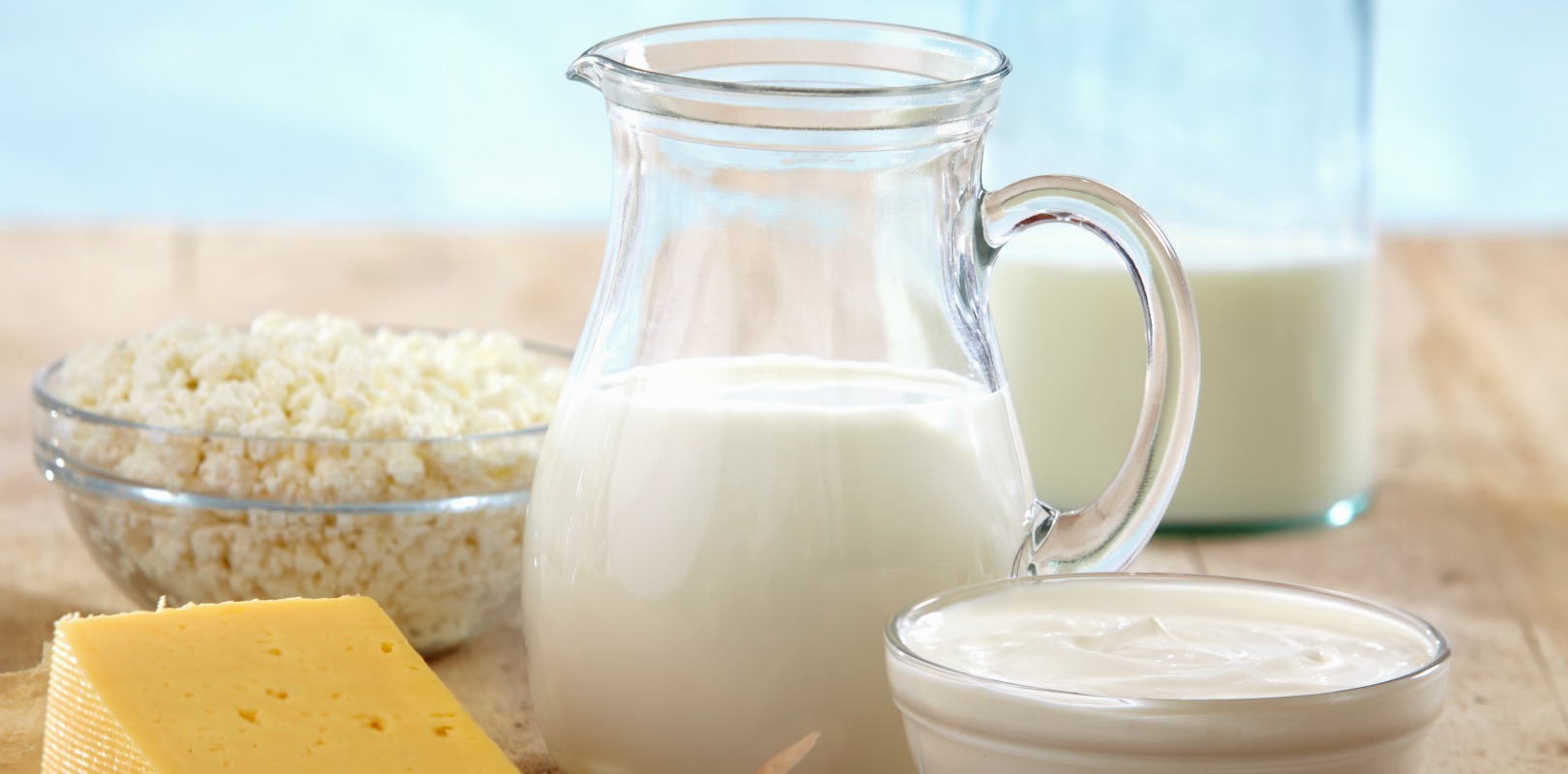Diabetes poses a major threat to global health, affecting an estimated one in 11 people worldwide. Dietary modification is recommended as an important prevention strategy for healthy people through to those with diagnosed T2D. It’s therefore helpful to know the best amount and type of dairy intake to advise.
The study authors aimed to clarify the role of dairy in T2D risk in the light of inconsistent findings between observational and prospective studies. They discovered that a likely explanation for these inconsistencies lies in the initial health status of participants at entry to the study.
Using data from 2809 middle-aged participants in the US Framingham Heart Study Offspring Cohort, the authors assessed the effect of dairy and milk based products on the risk of prediabetes in healthy people as well as the risk of progressing to T2D among people who already had prediabetes.
Food frequency questionnaires were used to ask the participants about their dairy consumption during a mean follow up of 12 years. Dairy intake was then related to their risk of developing prediabetes*, T2D* or diabetes treatment.
Consume yogurt regularly to prevent prediabetes
Results revealed that the association of dairy with risk of prediabetes and diabetes varied according to type of dairy product and glycaemic status at baseline.
Of 1867 participants who were healthy at the start of the study, almost half (48%) developed prediabetes during the follow up. By comparing the highest with the lowest consumers of each dairy type, the authors found that total, low-fat and high-fat dairy foods were associated with a reduced risk of prediabetes of 39%, 32% and 25% respectively. The greatest fall in risk was seen with moderate consumption of milk products and yogurt. For yogurt, results showed the greatest protection – a 25% lower risk compared with non-consumers – was seen at a median of 1.7 servings per week (60.5 g/d at 244 g/serving).
No link was seen between prediabetes and cheese, cream or butter.
Eat cheese to reduce diabetes risk if you’re already prediabetic
A different pattern emerged among those who were already prediabetic when they entered the study. Of 925 such participants, 21% went on to develop T2D during the follow up. Among these participants, a protective association against T2D according to the amount eaten was seen only with high fat dairy and with cheese, with 70% and 64% lower risk respectively between the highest and lowest consumption.
The authors concluded that the types of dairy associated with the risk of hyperglycaemia in those with healthy glycaemic levels are different to the dairy types associated with T2D in those with existing impaired glycaemic status. This impact of the underlying metabolic state may partially explain why previous studies have shown inconsistent on the role of dairy in diabetes risk. The specific impact of fermentation should however be further studied.
*Pre-diabetes is defined as the first occurrence of fasting plasma glucose 5.6 to <7.0 mmol/L (100 to <126 mg/dL), and T2D by the first occurrence of fasting plasma glucose at least 7.0 mmol/L (126 mg/dL)
Find out more: read the original article.



